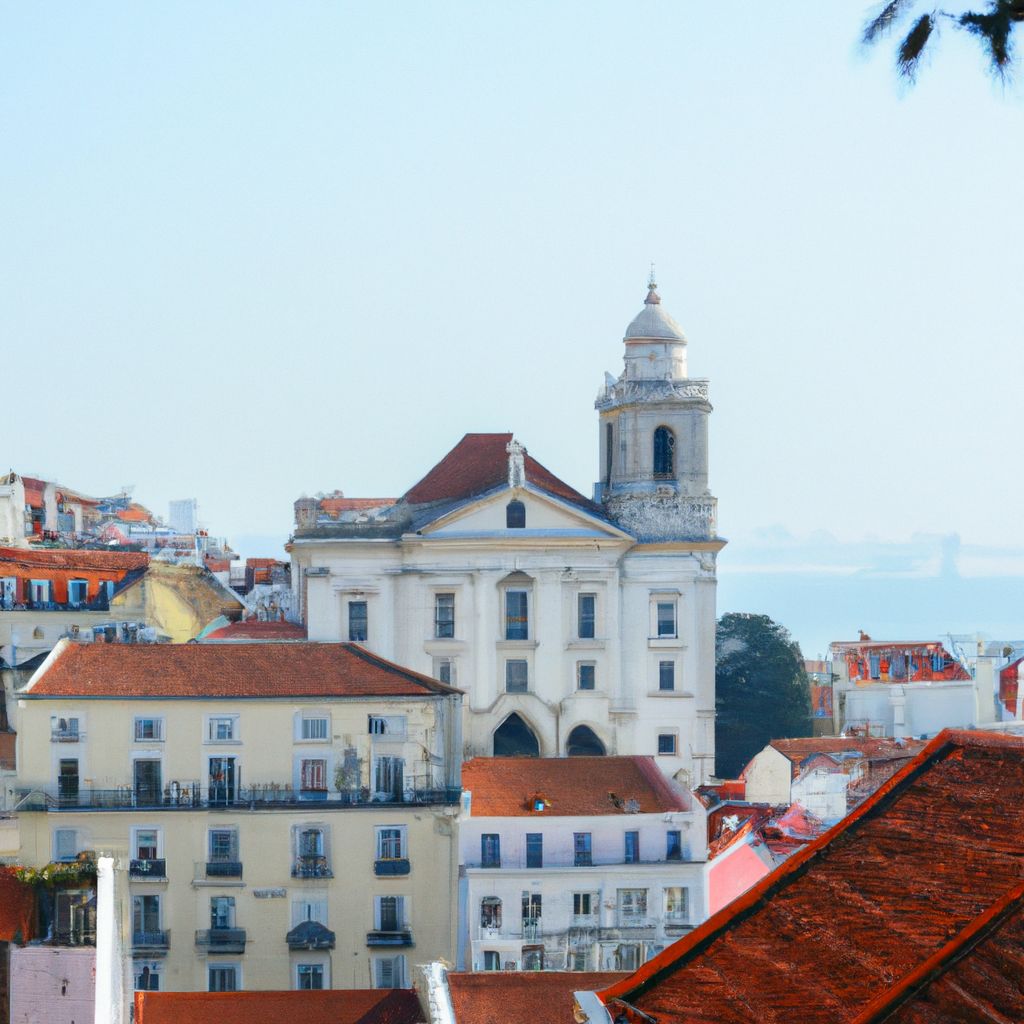
Discovering the Authentic Charm of Alfama District in Lisbon
Narrow, winding streets, colorful buildings, and the sound of fado music drifting through the air - welcome to Alfama, the oldest district in Lisbon. This charming neighborhood is a must-visit for budget travelers looking to experience the authentic culture and history of Portugal's capital city. Alfama dates back to the Moorish occupation of Lisbon in the 8th century and has survived earthquakes, fires, and wars throughout the centuries. Today, it is a vibrant and lively area that attracts visitors from all over the world. The district is known for its traditional architecture, with many buildings featuring azulejo tiles and wrought-iron balconies. One of the main highlights of Alfama is the stunning views of the city and the Tagus River. Visitors can climb up to the Miradouro de Santa Luzia or the Miradouro das Portas do Sol for panoramic views of Lisbon. The district is also home to several historic landmarks, including the Castle of São Jorge, which offers a glimpse into the city's medieval past. But Alfama is not just about sightseeing - it's also a great place to immerse yourself in Portuguese culture. The district is famous for its fado music, a melancholic genre that originated in Lisbon in the 19th century. Many restaurants and bars in Alfama offer live fado performances, where you can enjoy traditional Portuguese cuisine while listening to the soulful sounds of the guitar and the singer's voice. Another way to experience the local culture is to visit the Feira da Ladra, a flea market that takes place every Tuesday and Saturday. Here, you can browse through a variety of antiques, vintage clothing, and handmade crafts while mingling with locals and tourists alike. In conclusion, Alfama is a unique and fascinating district that offers something for everyone. Whether you're interested in history, culture, or just soaking up the atmosphere of a traditional Portuguese neighborhood, Alfama is a must-visit destination. So pack your bags, grab your camera, and get ready to explore one of Lisbon's most enchanting neighborhoods.